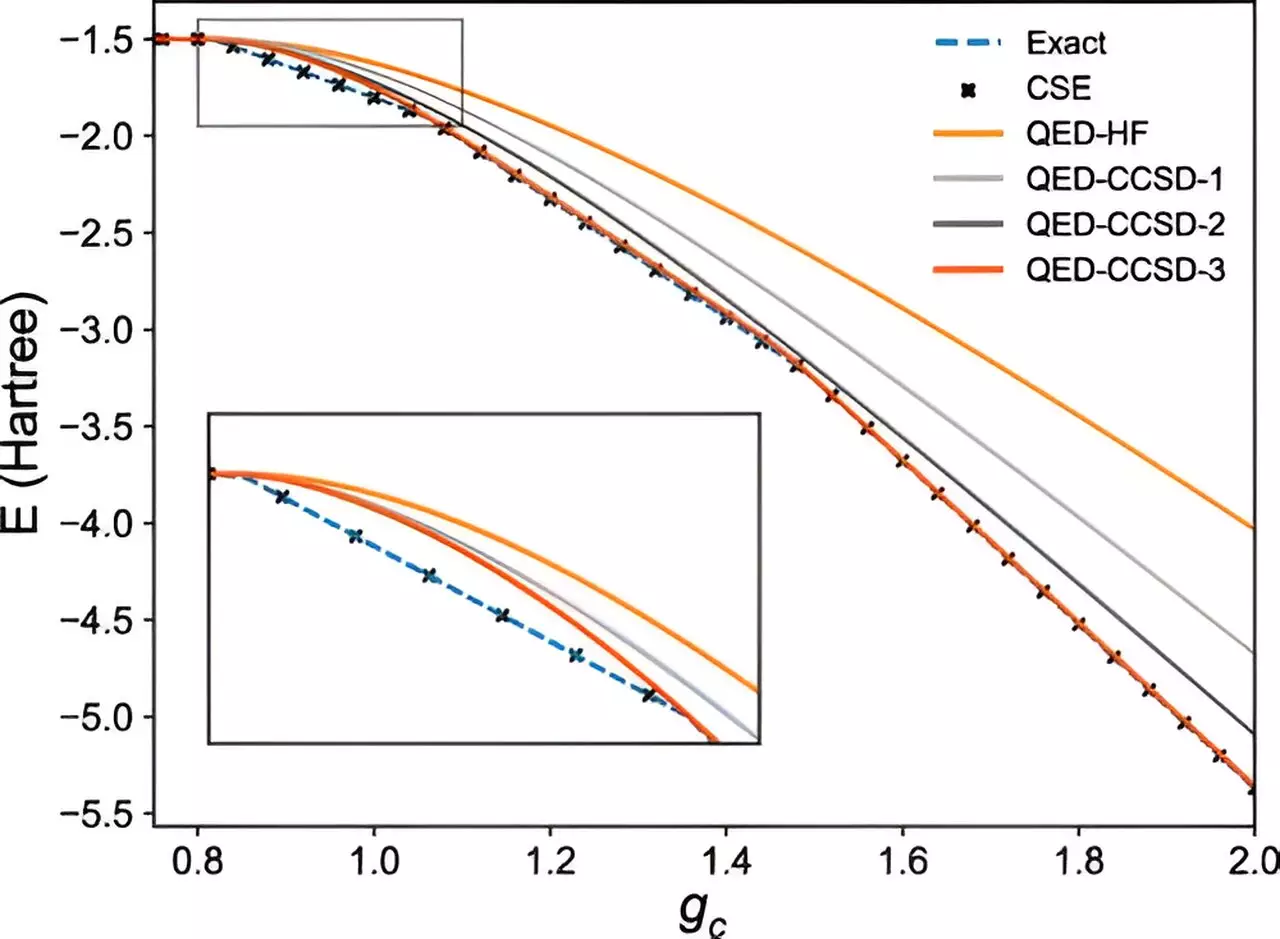The study coordinated by the University of Trento and the University of Chicago proposes a revolutionary approach to understanding the interactions between electrons and light. This new approach could potentially revolutionize the development of quantum technologies and lead to the discovery of new states of matter. Quantum particles’ interaction plays a crucial role in the exploration of new molecules or materials with applications in various technological and medical fields. When molecules interact with light, their physical properties can undergo significant changes.
The field of polaritonic chemistry aims to utilize light as a catalyst to trigger new chemical reactions, paving the way for groundbreaking discoveries. By controlling light-matter interactions, researchers can manipulate and synthesize quantum matter, opening up a realm of possibilities for technological advancements. However, studying quantum systems involving multiple elements such as electrons, photons, and phonons presents a unique set of challenges.
Challenges in Quantum Systems
Calculating the wave function of complex quantum systems accurately is a daunting task. The wave function contains essential physical information necessary for predicting the behavior of various quantum particles. Researchers, led by Carlos Leonardo Benavides-Riveros and David A. Mazziotti, have developed a theoretical framework to predict interactions within many-body quantum systems utilizing a quantum computer.
The researchers introduced an “ansatz” to generate exponential prescriptions for multi-particle quantum systems. By simulating a universal quantum algorithm on an IBM quantum computer, they achieved zero theoretical error, showcasing the efficacy of their approach. This breakthrough allows for the generation of exact wave functions for complex quantum systems containing multiple types of particles.
Novelty of the Study
The novelty of this study lies in the development of a unified approach to model many-body quantum systems with various particle types accurately. This advancement opens up new avenues for exploring the states of matter and understanding the intricate interactions between different quantum particles. By incorporating particles of light, or photons, into the framework, the researchers have enriched the understanding of quantum systems beyond electrons.
Future Applications of Quantum Technologies
The researchers believe that their approach is particularly well-suited for quantum computers, enabling the modeling of critical molecular problems in light-matter interactions. This development has vast implications for fields such as polaritonic chemistry, where quantum simulations can significantly impact research and discovery. The integration of quantum computing in studying light-matter interactions could lead to groundbreaking advancements in material science and technology.
The study spearheaded by the University of Trento and the University of Chicago presents a paradigm shift in the study of electron-light interactions. With the development of a universal framework for modeling complex quantum systems, researchers have unlocked new possibilities for the future of quantum technologies. By leveraging quantum computers and innovative theoretical approaches, the study opens up exciting avenues for exploring the depths of quantum interactions and their implications for various scientific disciplines.


Leave a Reply